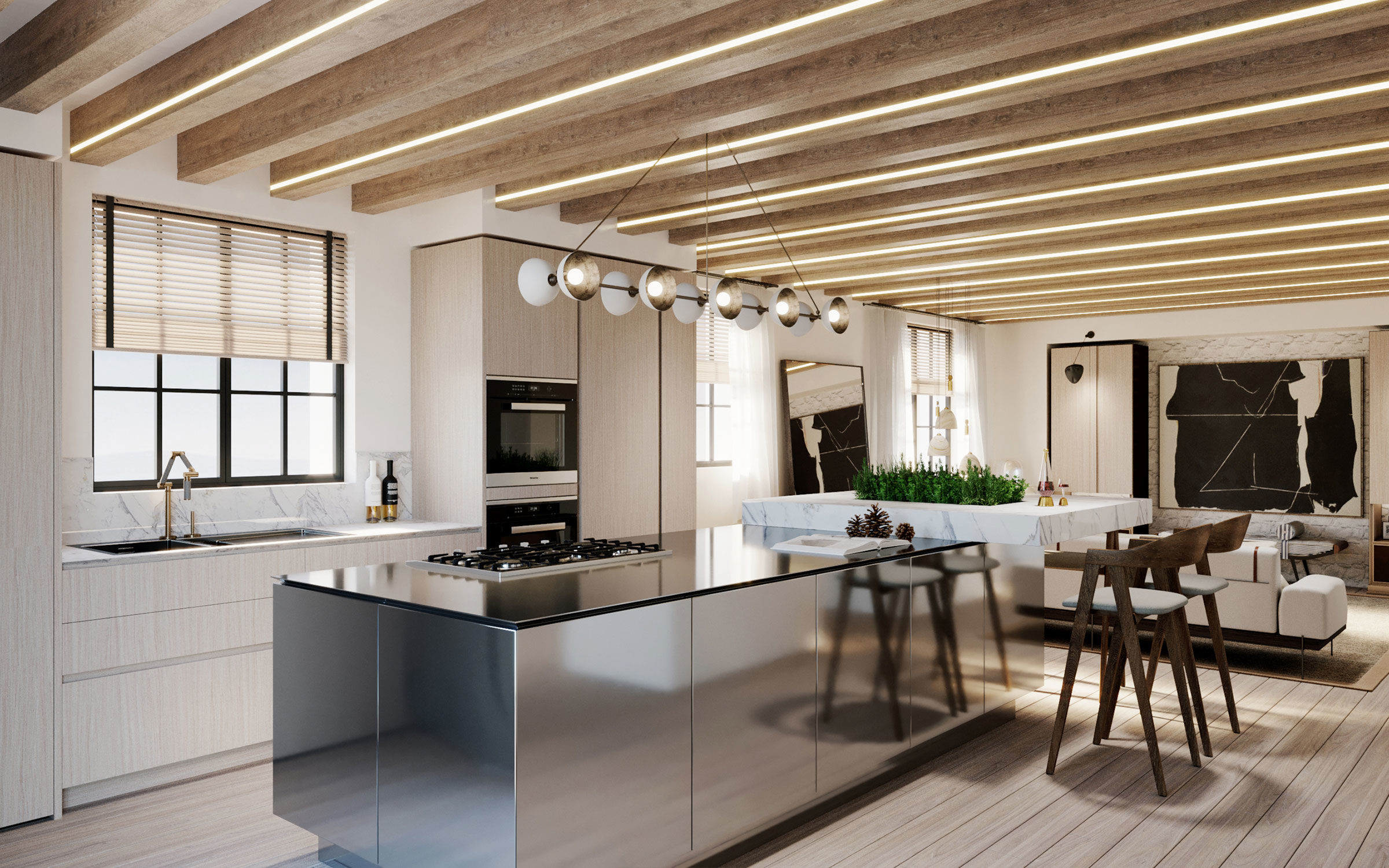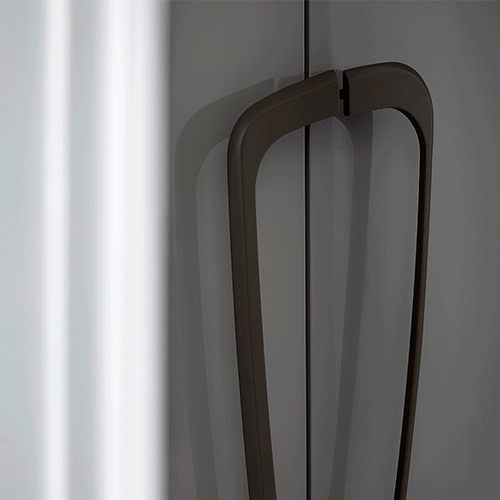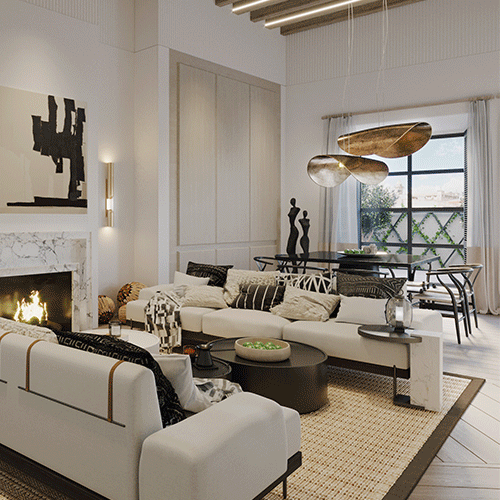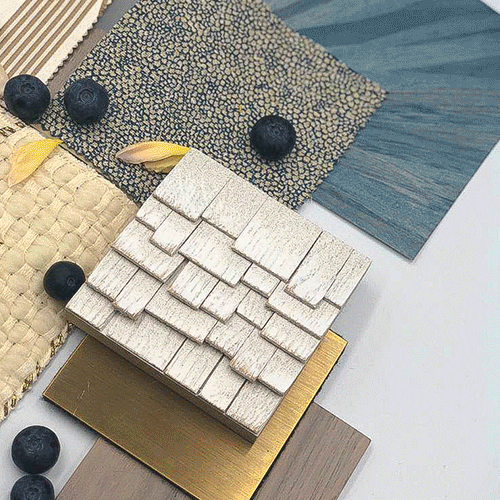How To Work With International Clients As An Interior Designer – Portaire Feature
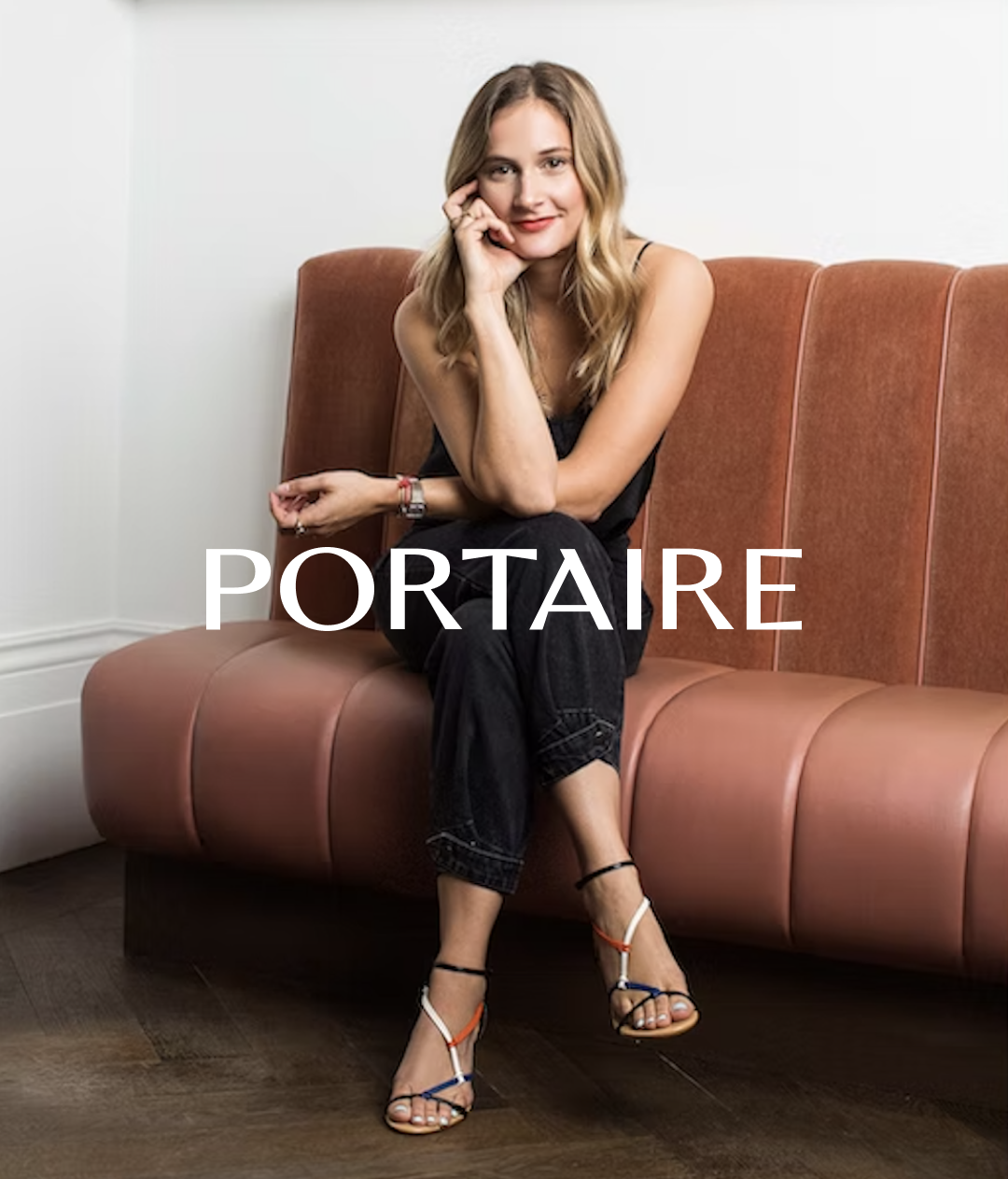
Article source - here
Lawson Robb's creative lead Lena Cottray has been featured in an article by Portaire titled "How To Work With International Clients As An Interior Designer".
The article reads:
As an interior designer, your job is to transform empty spaces into beautifully designed living and working areas that meet the unique needs and preferences of your clients. In today's globalised world, chances are you may find yourself working with clients from all around the world, each with their own cultural and personal expectations.
Working with international clients can be an incredibly rewarding experience, but it can also present some challenges. To succeed in this field, you need to develop the skills and knowledge necessary to navigate the complexities of cross-cultural communication, understand the unique tastes and preferences of your clients, and adapt your design approach and workflows accordingly.
Hi Lena! Thank you for coming to Portaire again to share your design experience. Could you introduce yourself and your work?
Sure, my name is Lena Cottray and I am one half of the creative leads at Lawson Robb alongside my design partner George Wolstenholme. LR is a multi-disciplinary interior design studio that works in the residential, hospitality and yachting industry, but that is not to say we would only stick to those fields; we are quite happy to try different avenues as well. We consider our approach to design rather relaxed but with a curated approach. We put a lot of care into the curation of space through the use of bespoke architectural detailing, furniture and art.
Lawson Robb is known for working internationally with clients. To start, could you tell us a little about your latest international experience?
We have had our fair share of projects abroad, most recently we are working on a stunning villa in Dubai. International projects are always fun to do as they make you think a little out of the box and also let your mind and creativity wander as you need to think of the space in that country. Working internationally also means a far greater collaborative approach with local contractors, suppliers, logistic teams which is both interesting and educational as you learn about different practices or approaches you might not be accustomed to.
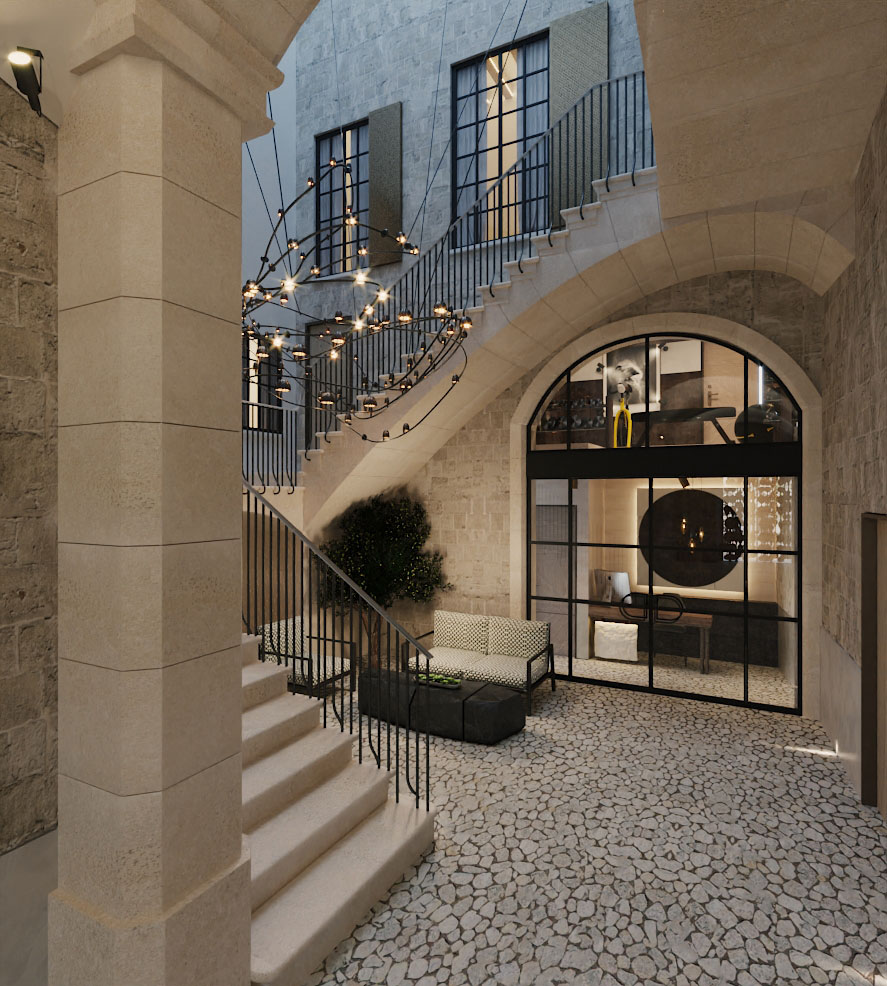
When starting an international project, how do you ensure that your design meets the functional and practical needs of your clients’ daily life and culture?
I don’t think that there is a difference in the question of functional or practical needs of a client whether they are in the UK or abroad. We still ask the same questions to get to know the client; what they like/don’t like, how they like to live and do things, any special requests etc. We then gather all of that information and bring them into the concept stage where we assess the project and start coming up with spatial planning and room layouts/functions that can accommodate these preferences. From a cultural perspective we also actively strive to educate ourselves if there are any certain requirements or equally get advice from the client.
When looking for references during the ideation and mood boarding space, how do you approach looking for references that resonate with international clients?
Part of our initial getting to know stage with the client is super helpful when it comes to the initial concept. We find out a bit more about their style, lifestyle and requirements that help us create an initial picture of the project. Some clients can be super descriptive and provide lots of information as well as mood images they’ve chosen which are always a great start. Again, the international element of the client again doesn’t actually make them that different to perhaps a client closer to home, apart from perhaps having requests that make sense to their local environment, say for example if they live somewhere near mountains where they can ski and they require specific ski/mountain related spaces then we would then obviously create a suitable concept that caters to that.
It’s also a great idea to go visit the location of the project, spend a little time exploring the area and then be able to pull inspiration as well. Whilst out exploring, it's worthwhile meeting with local craftsmen and suppliers and seeing how you can draw from them/get them into the project, as it will help make the project feel more ‘local’ and grounded. Immersing yourself into the local environment will allow for a much more genuine and thought-through concept.
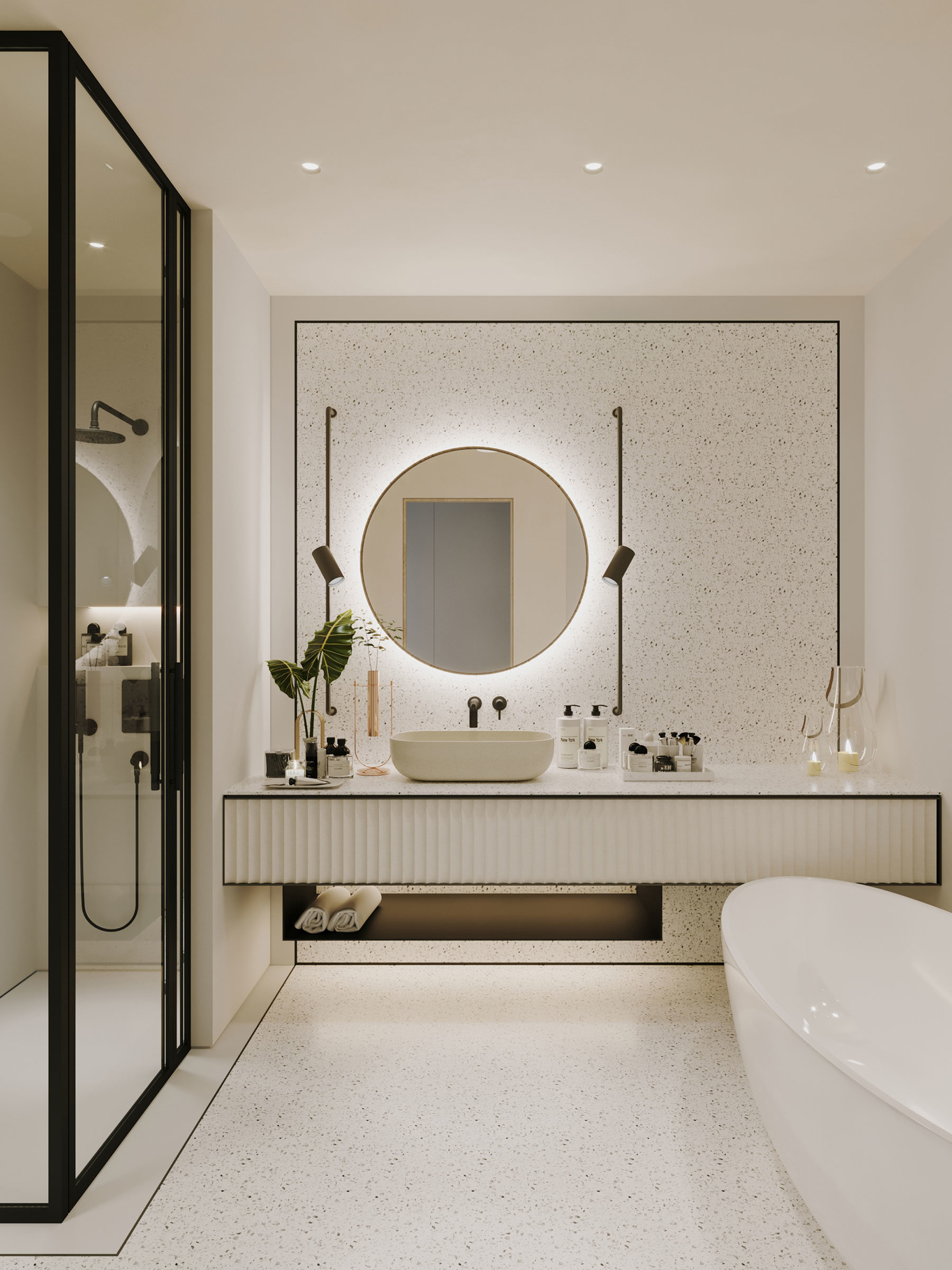
What are some common misconceptions about design preferences in different parts of the world?
Good question! I think that you would be surprised that some stereotypes about certain countries are not true. Generally, when we get approached by clients abroad, it is because they like our aesthetic and respect our expertise which they are after. Our clients tend to be very open minded and are open to our suggestions. It's all about being comfortable in having an open conversation with them and providing options that they will find most suitable.
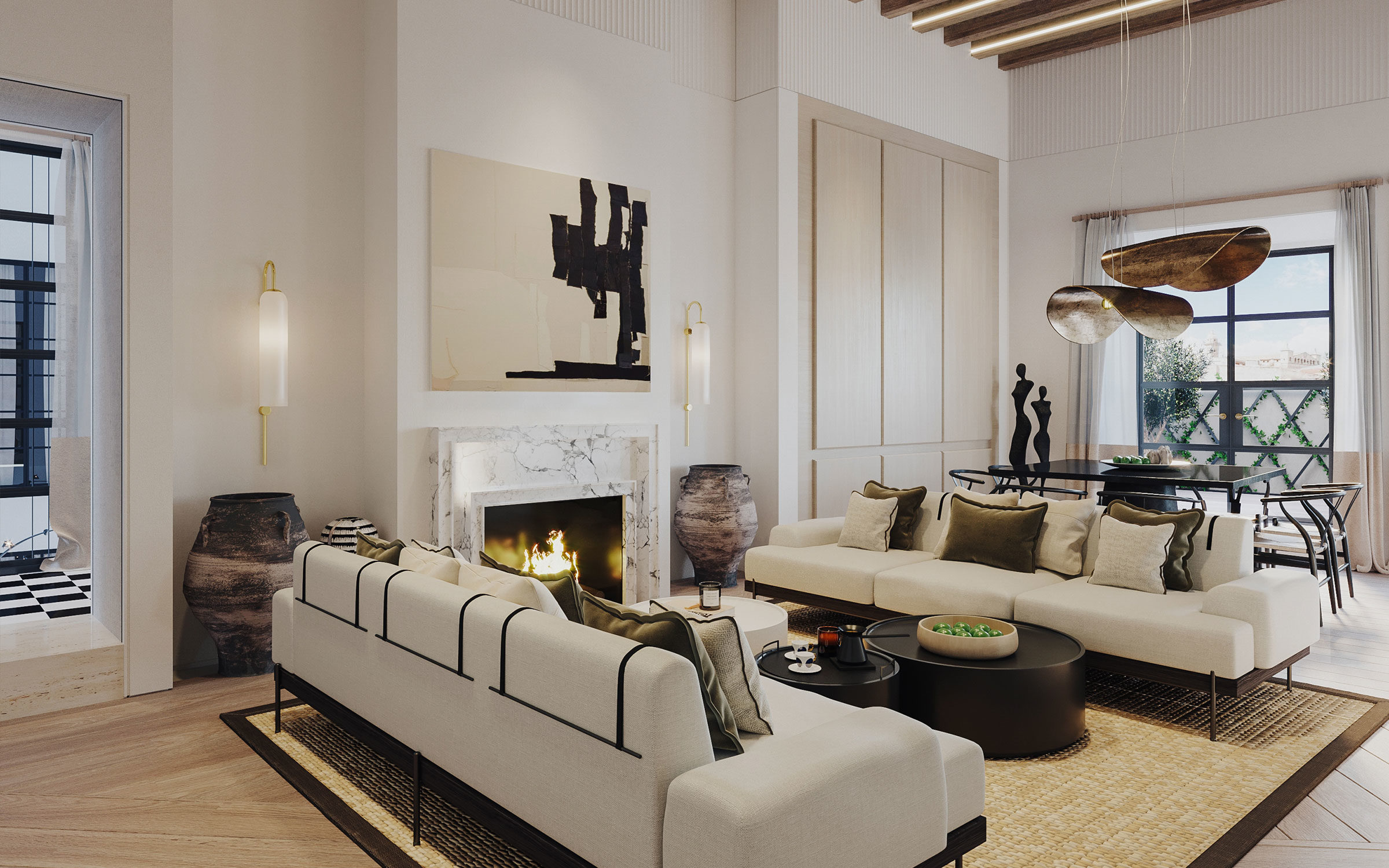
Have you ever faced any language or cultural barriers with international clients? How did you overcome them?
We definitely have had some interesting situations explaining things when there’s a language barrier, especially when the language is so very different to the ones we speak! The quickest and honestly real-life saver at the moment is Google Translate (or any translating app) where we communicate standing next to each other, typing on our phones to translate into the other respective language – it’s often met with some laughter, but we tend to get there in the end! I think we would be in a very different situation if we weren’t able to quickly communicate on the spot, especially when we are on site trying to make things happen.
There have also been cultural barriers where we are faced with perhaps different ways of doing things which might be very different to our own. It isn’t so much a straight hindrance or a hard no, but rather you learn how to work and achieve the same goals whilst respecting their culture and way of life. Dealing with situations here in the UK versus abroad can be different, where sometimes ideas need to be massaged a little further for them to happen or we need to convince certain ideas are possible out of our experience especially when they feel foreign to the local client/contractor. I’m sure they learn from us just as much as we learn from them!
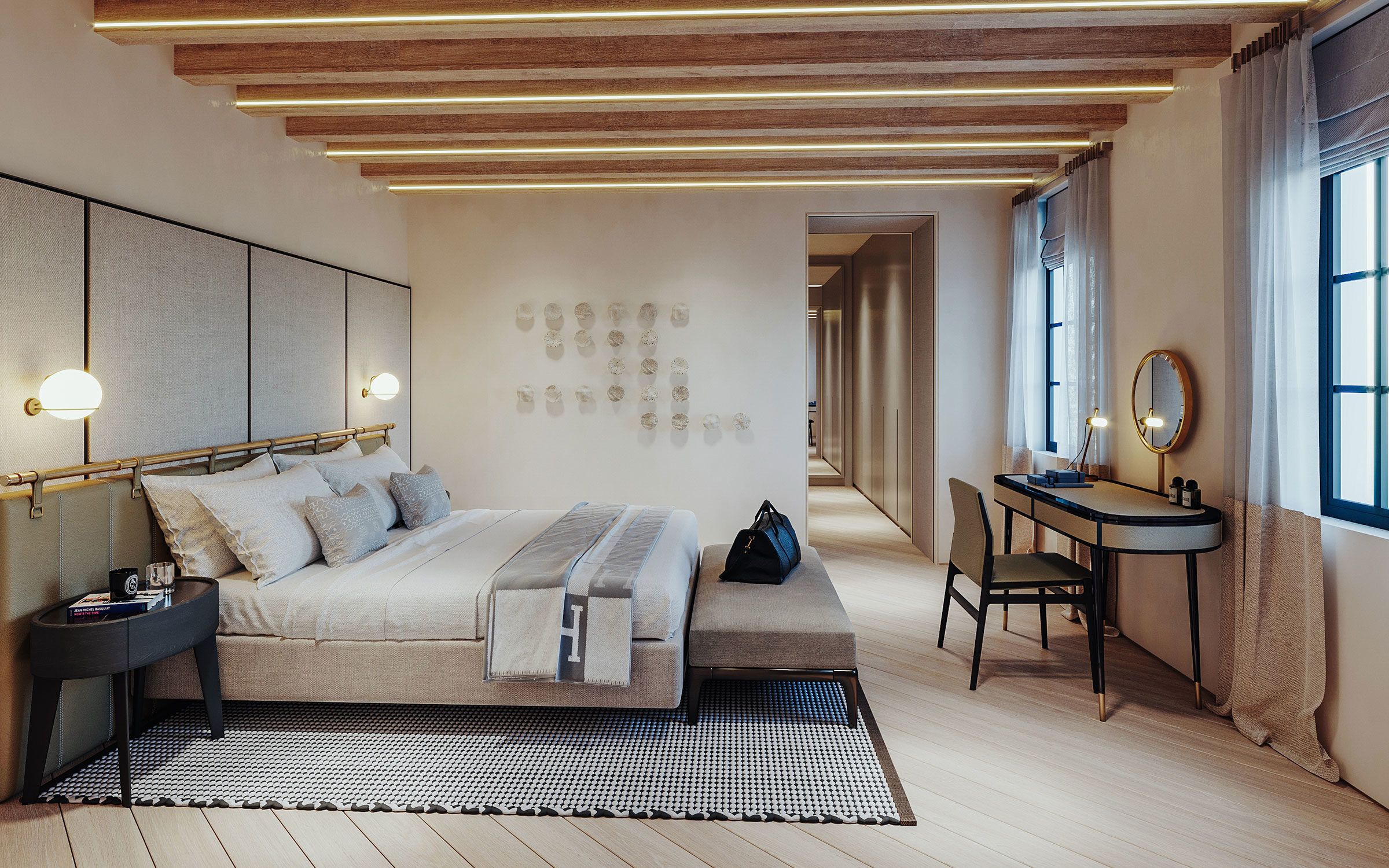
How do you handle time zone differences when working with clients in different parts of the world?
It’s a brain twister for sure sometimes, but I tend to set up a clock for that time zone on my phone so that I can always check what time it is over there and here. We then are mindful with communication through calls where we will try to accommodate a convenient time that works for both of us. So far the biggest time difference has been 8+ hours which was early morning calls for us and evening calls for them!
Some designers may be scared to work across borders because of bureaucratic and legal ramifications. How do you navigate differences in building codes, regulations, and materials when working internationally?
Yes, that certainly can be tricky and this is the part where we will rely on a local contractor to advise us on all things local building codes, regulations etc. We are able to do a design proposal and FF&E procurement from the UK but will definitely always work closely with the local team to ensure everything is feasible and legal. Luckily, when it comes to many base build materials or items such as sanitaryware or white goods, we work with brands that have a global presence, so they are likely available in the client’s country. Regarding the base build samples, we will create a scheme in the UK and share our samples with the team which again can either be directly procured locally or matched with other local materials to achieve the same effect.
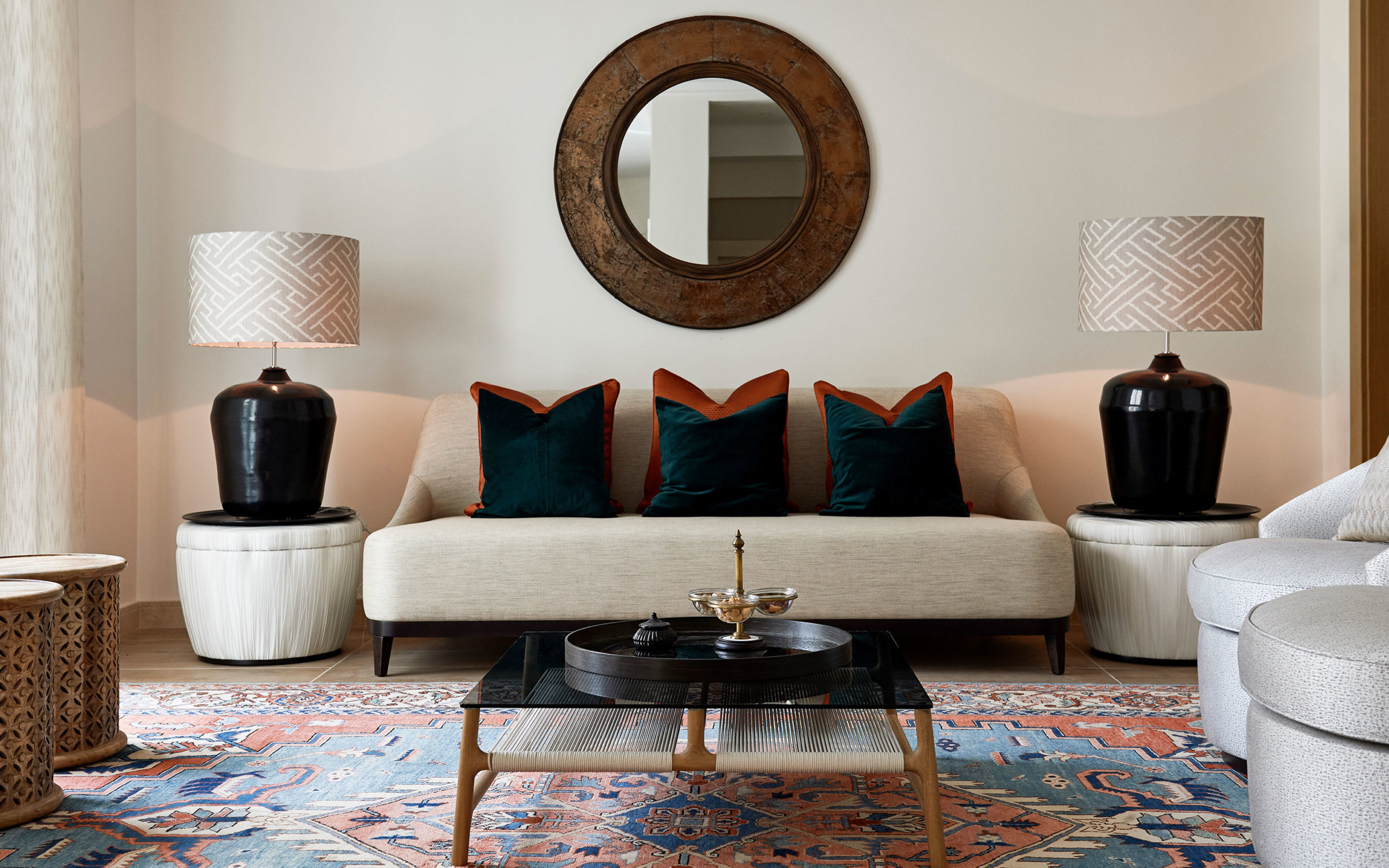
How do you approach working with architects, contractors, and other professionals in different parts of the world?
No different than how we approach contractors in the UK. We are all striving for the same end-goal, so clear communication is key to ensure a happy client. Frequent check-ins and site visits are strongly advised so that you can keep an eye on what’s happening and ensure we’re getting the results we are after.
What advice would you give to an experienced interior designer who wants to work with international clients?
Give it a go! Apart from being fun to have to think a little differently, you learn so much about different cultures and learn about new issues/techniques/materials/practices that you might be able to use on projects back at home. Also travelling to foreign places opens your eyes to inspiration and creativity. It's so easy to get stuck in your usual daily sources of inspiration, go out and explore somewhere new and you’d be surprised with what new ideas you come up with.
